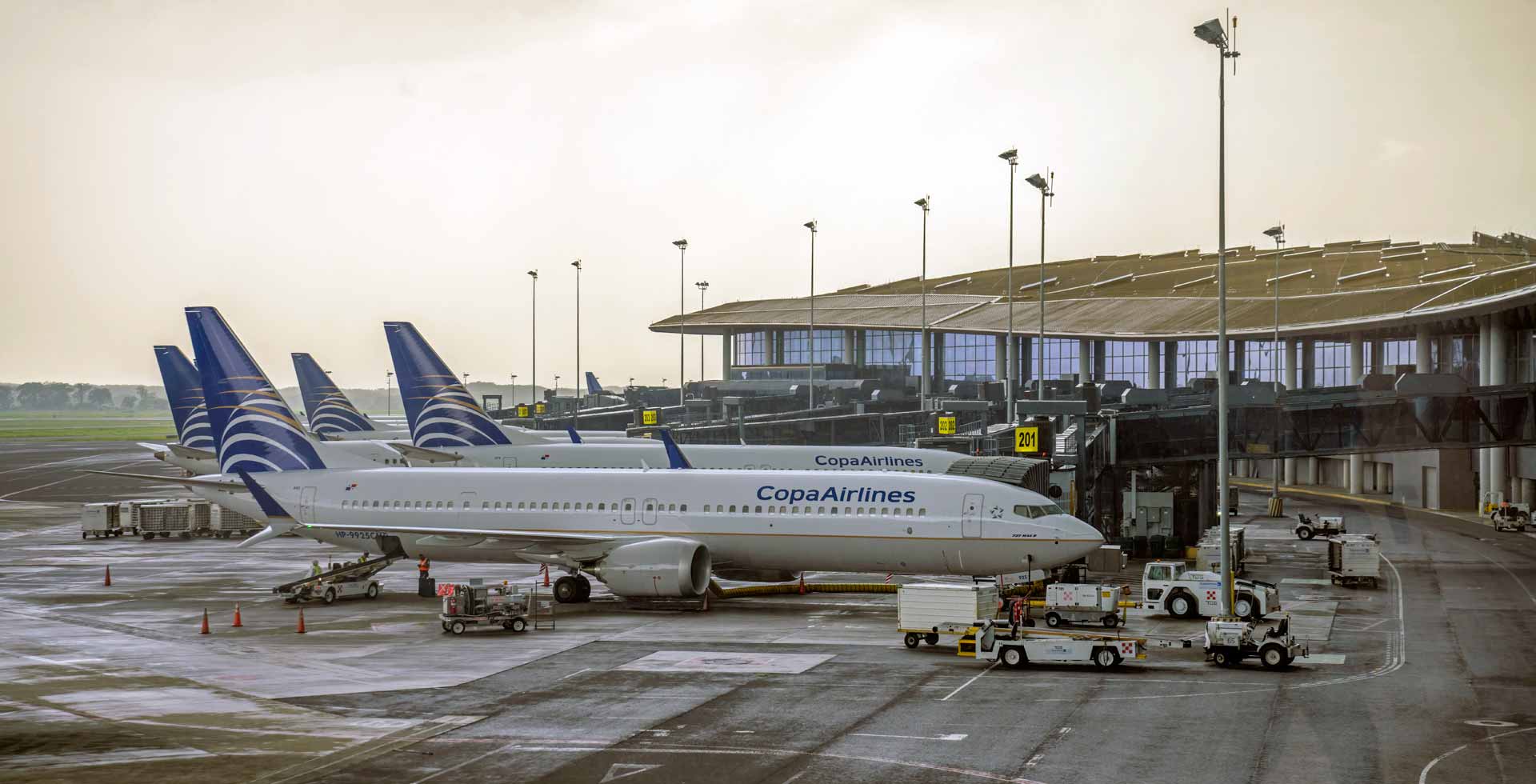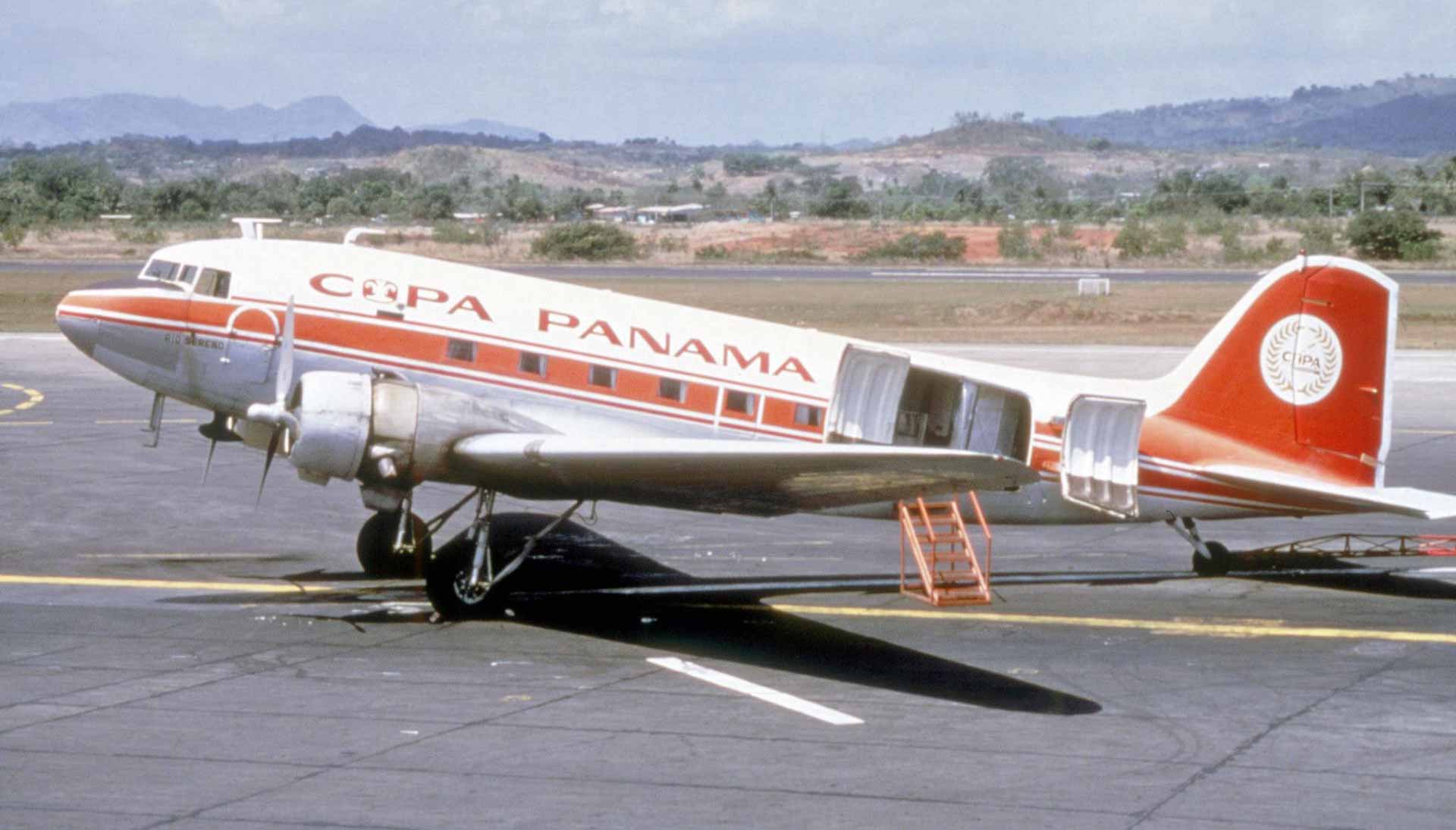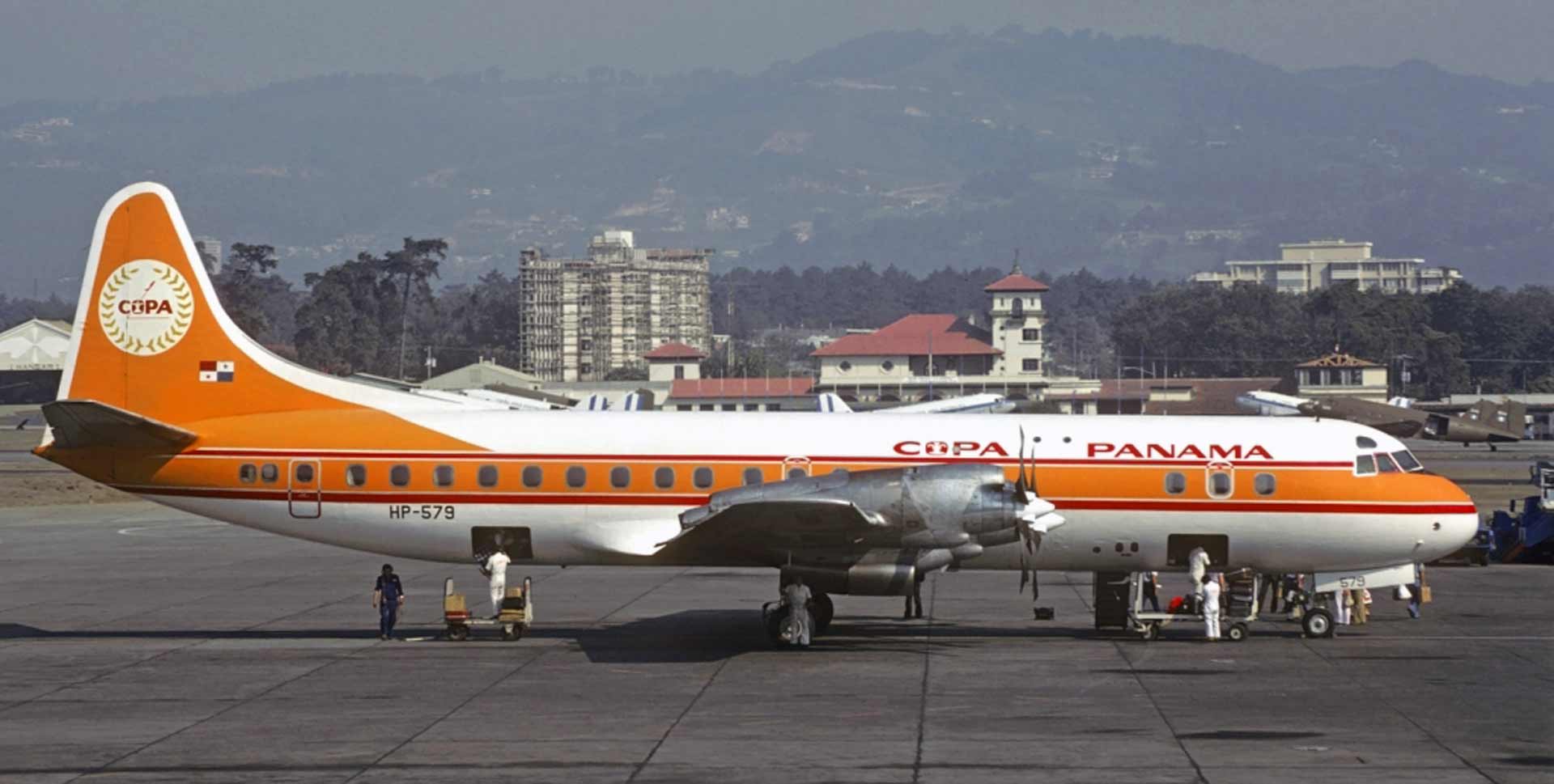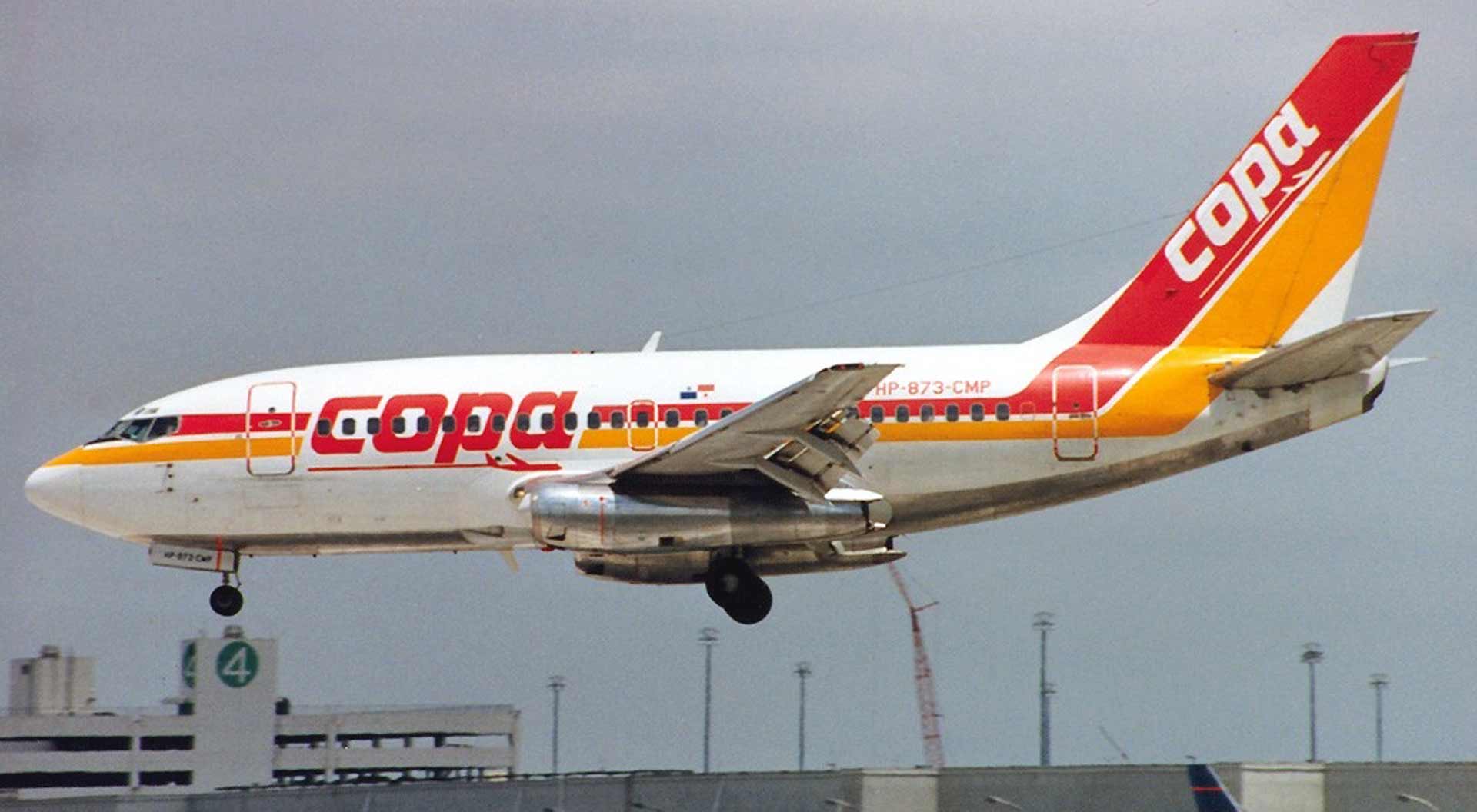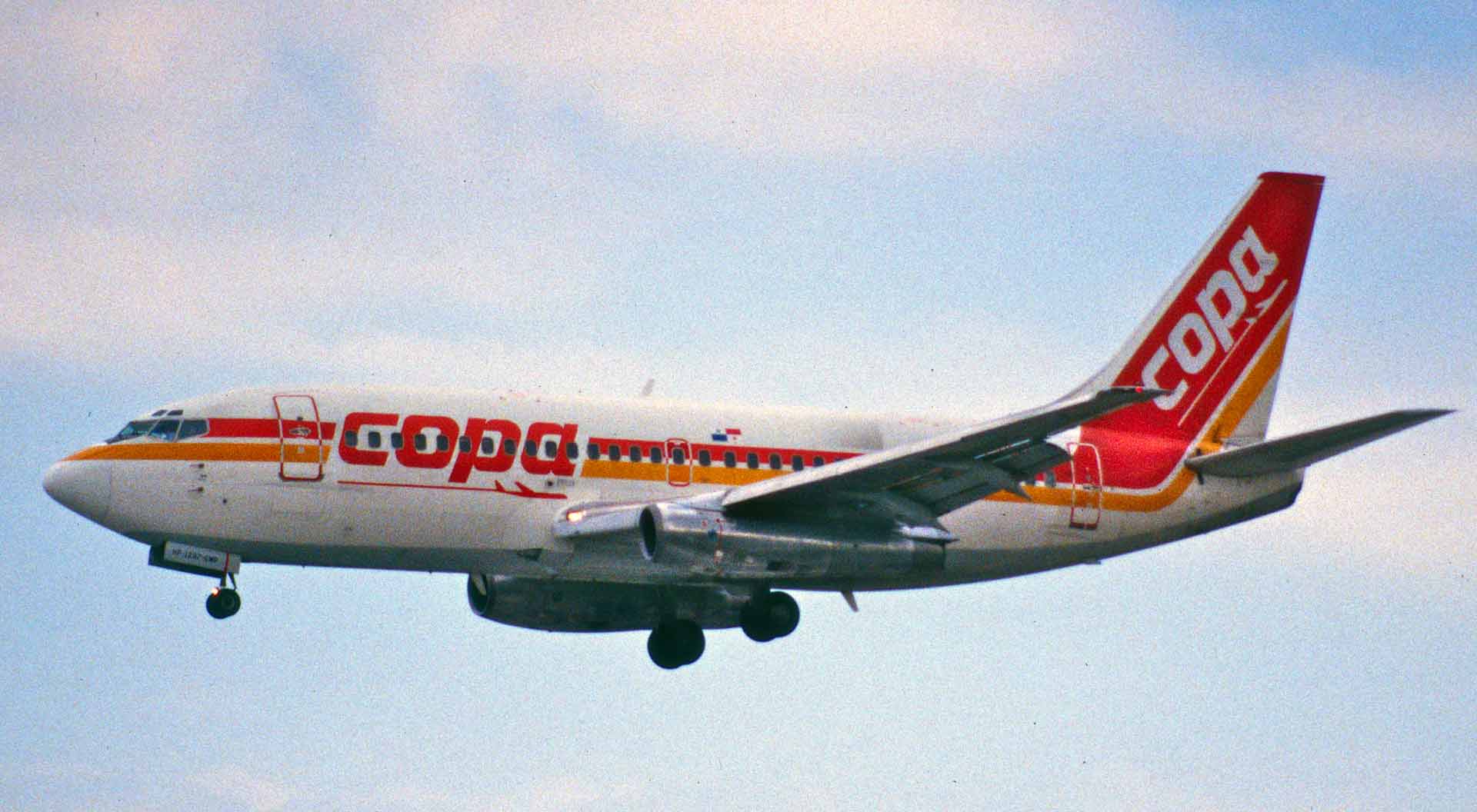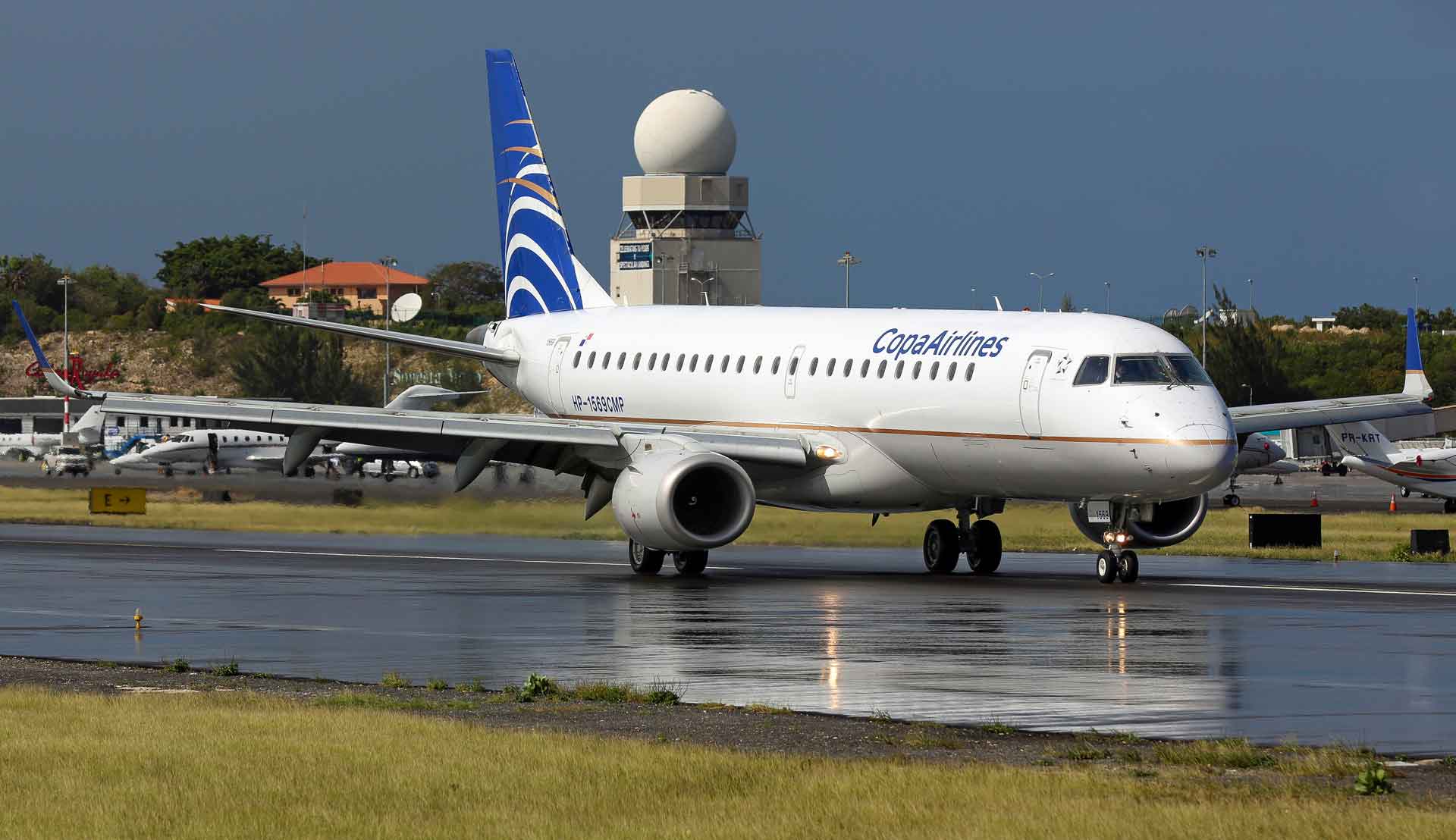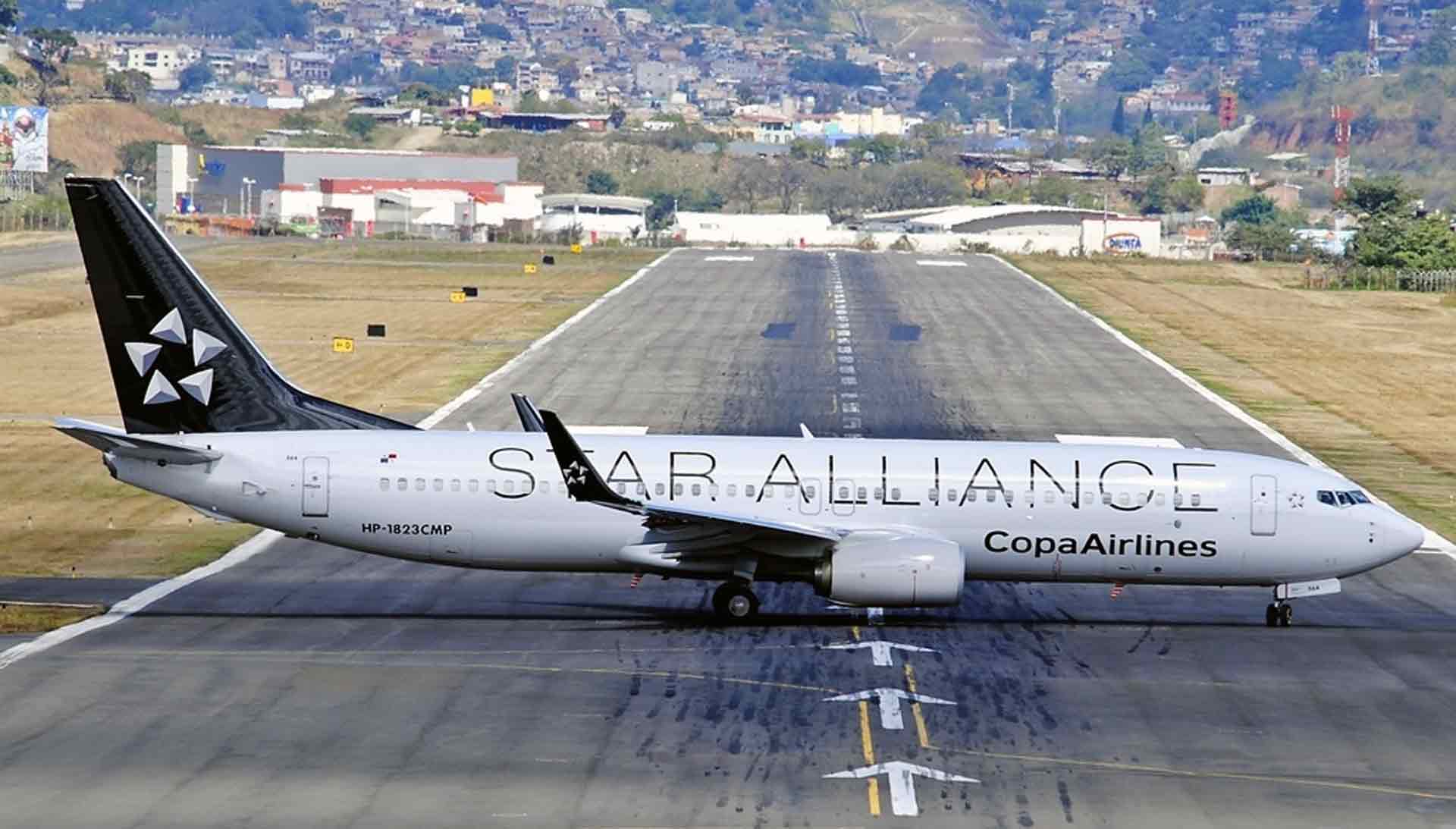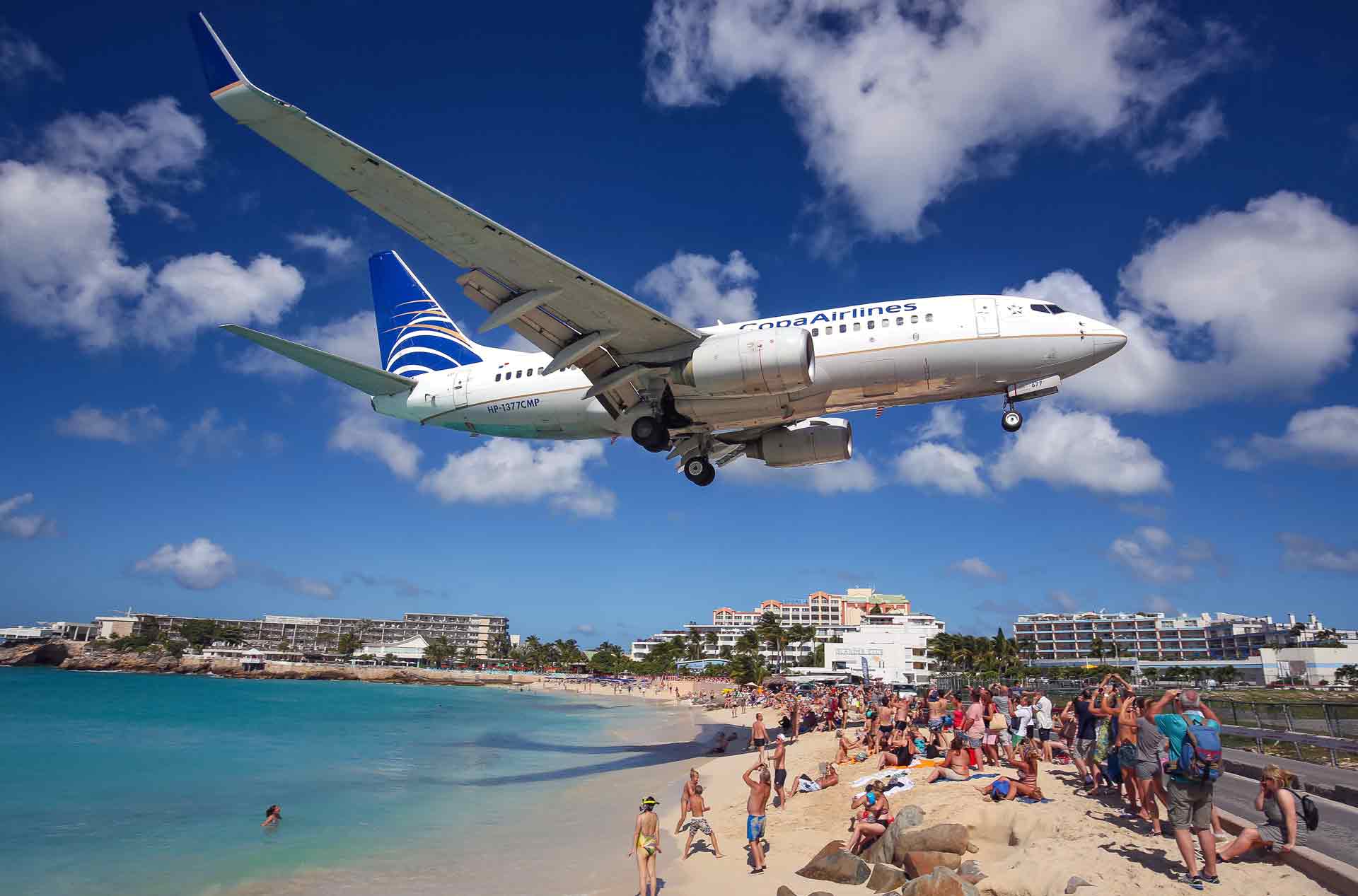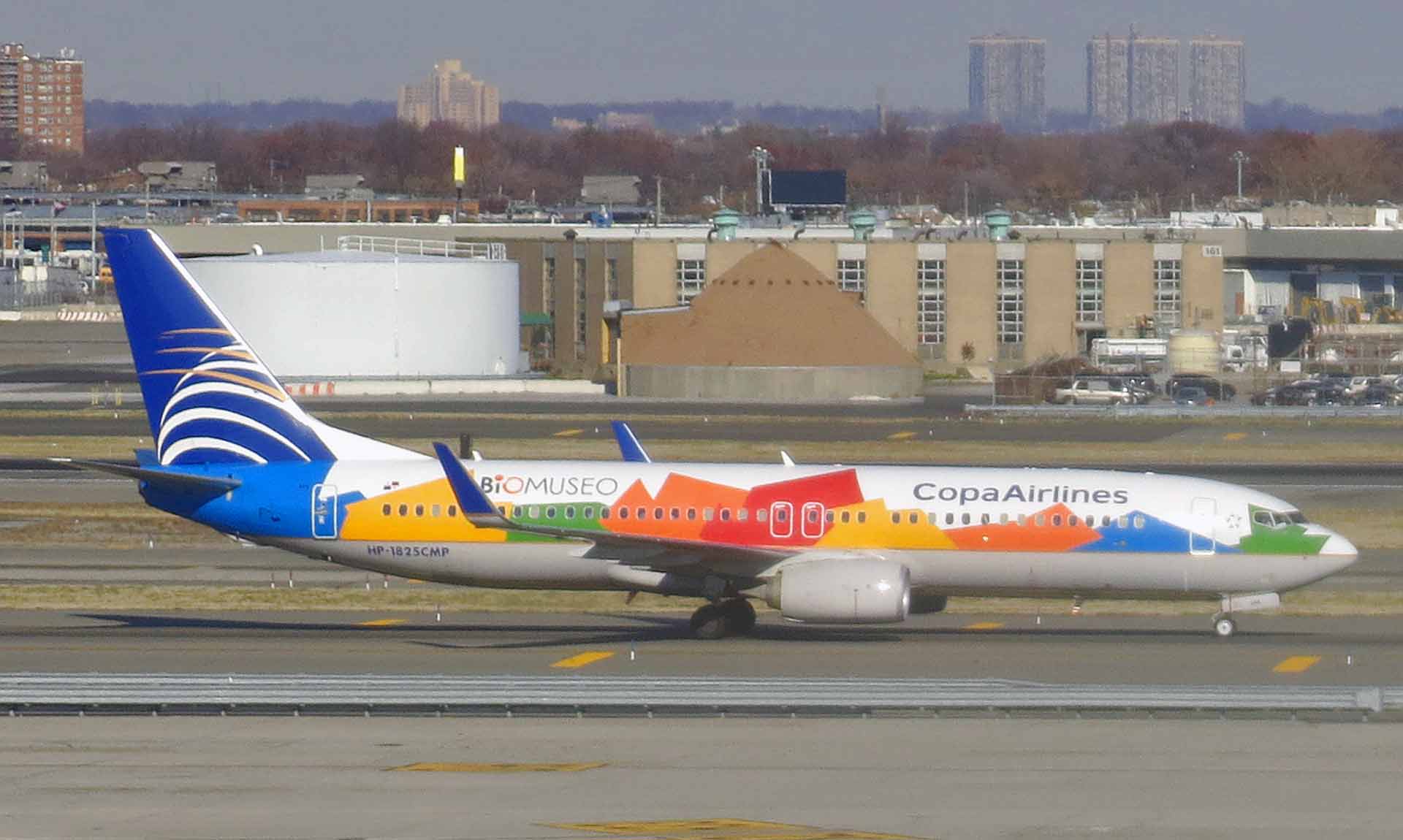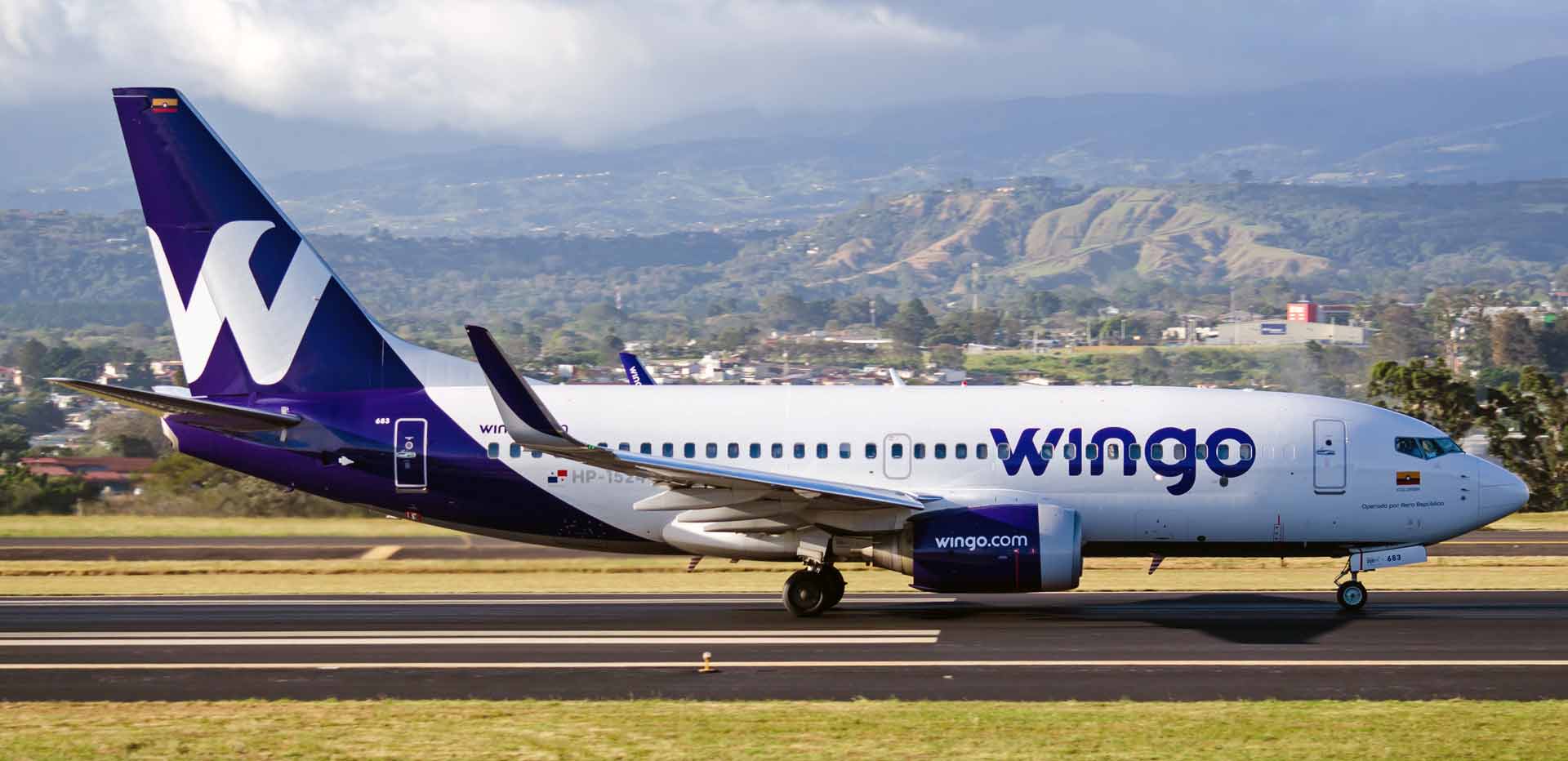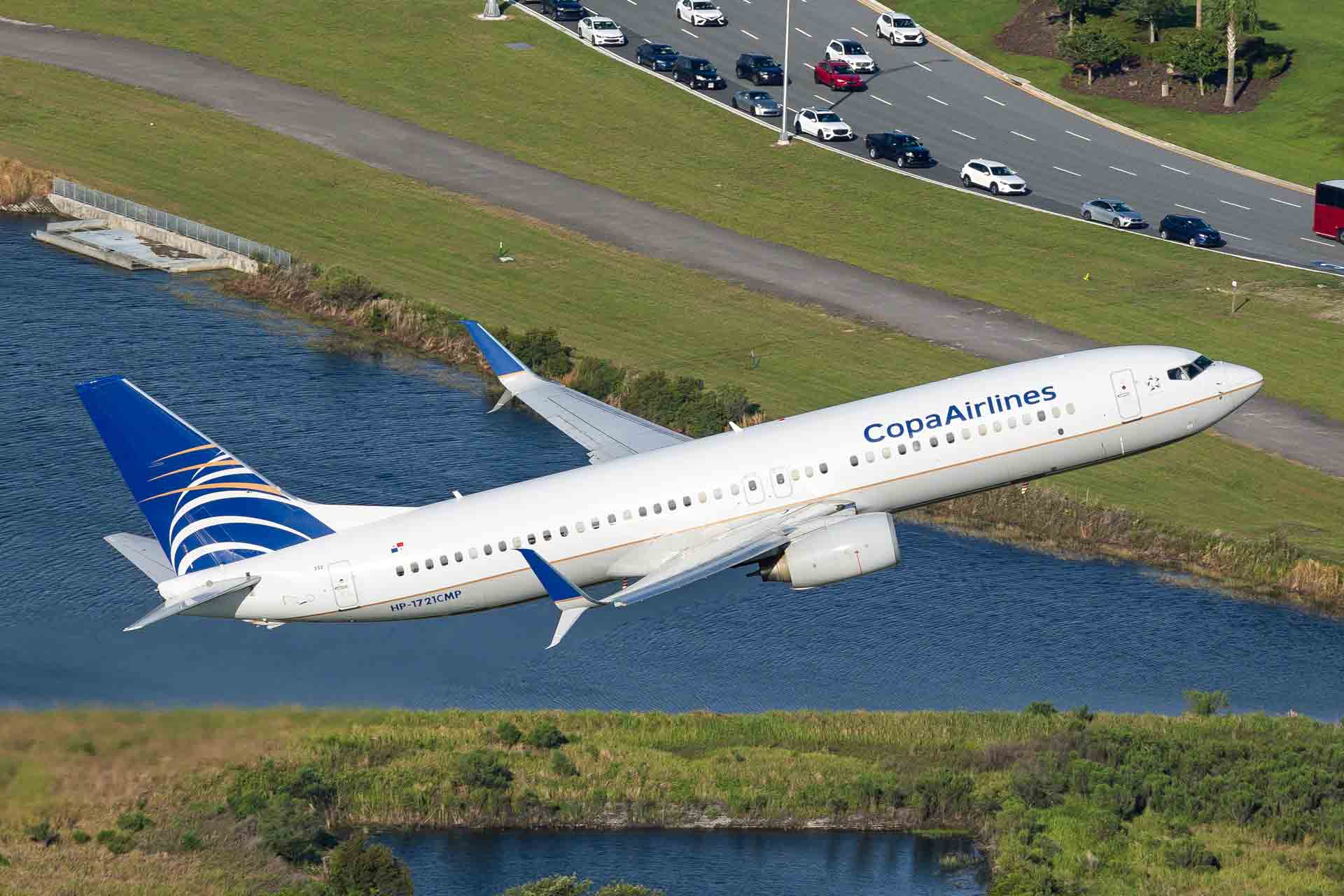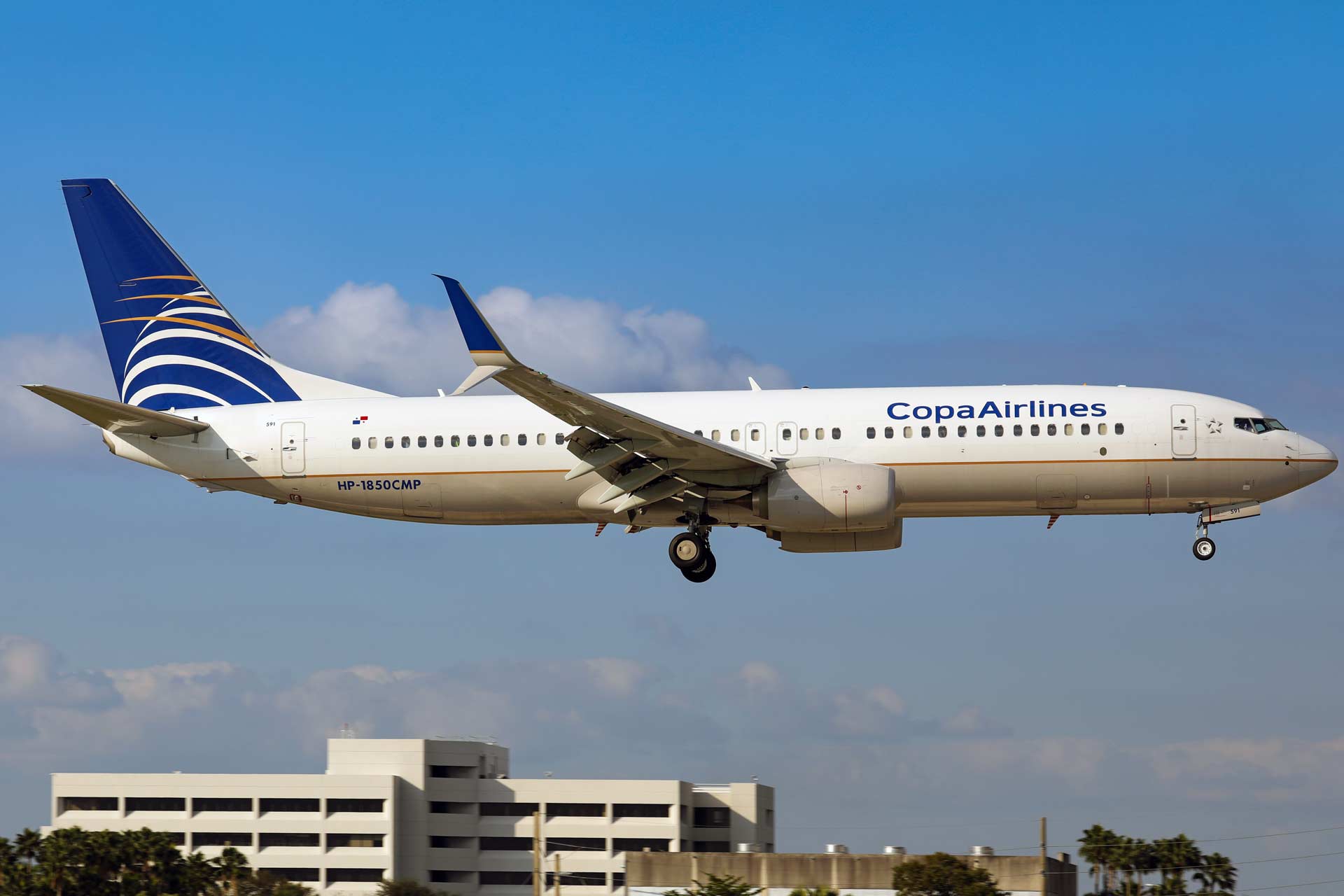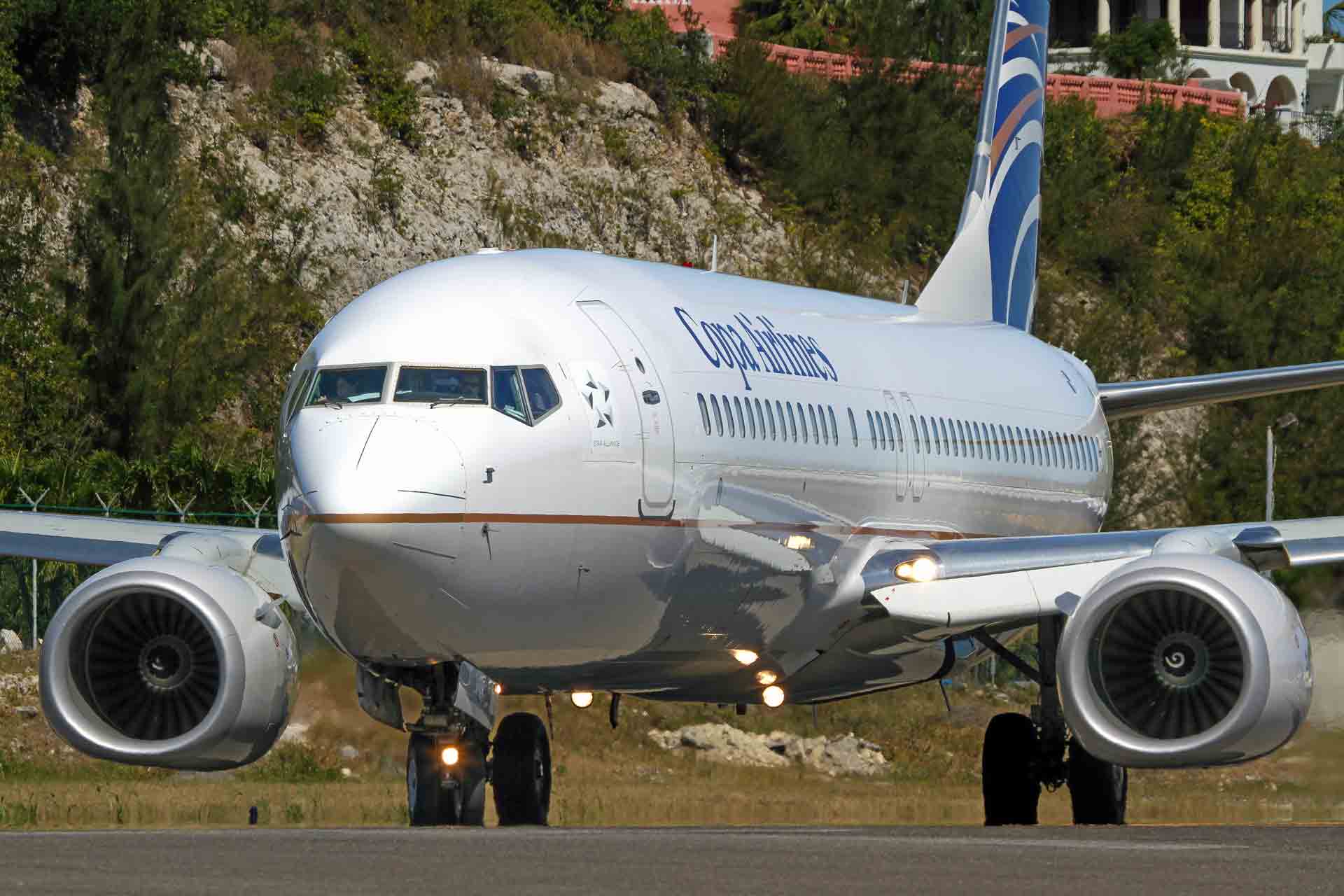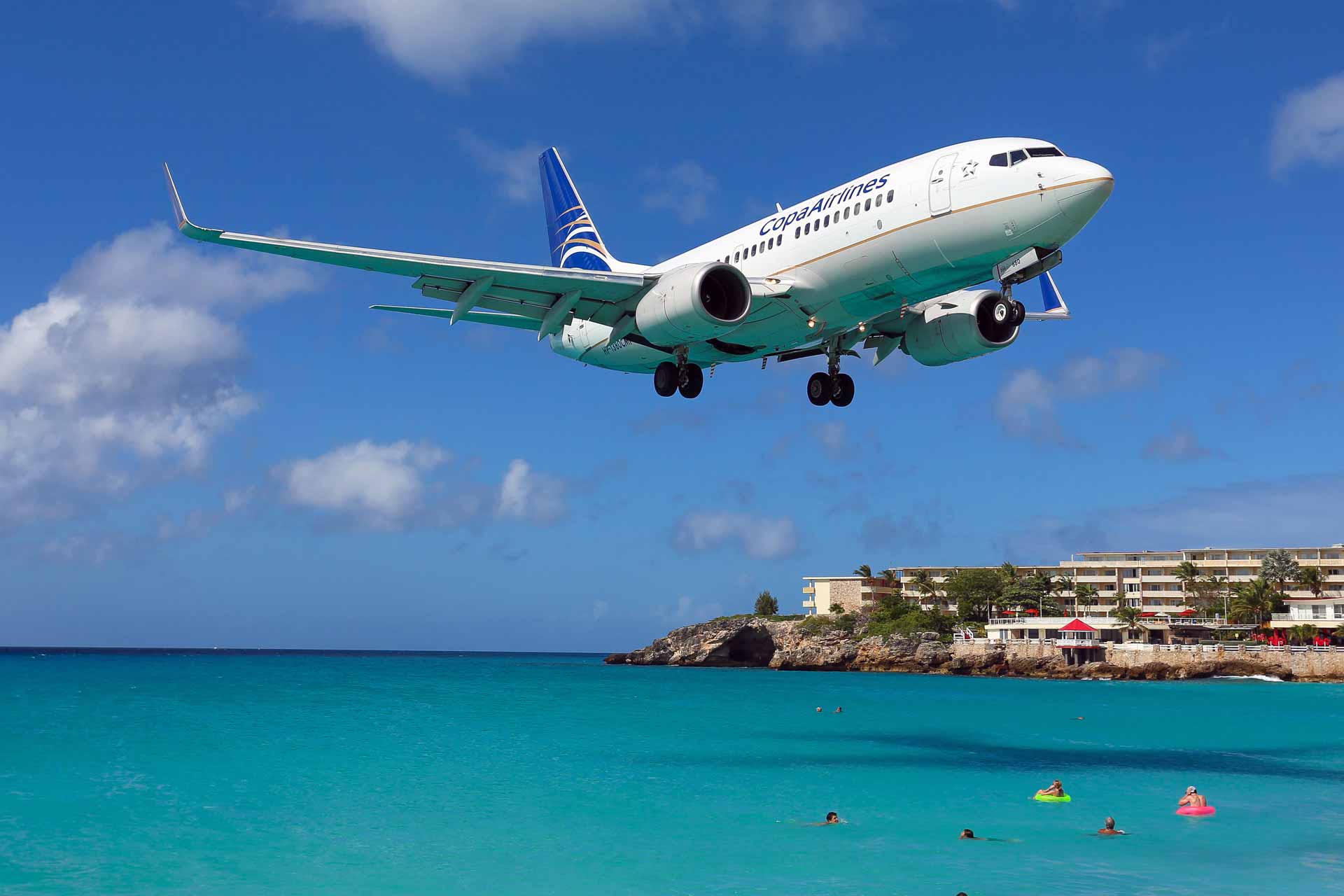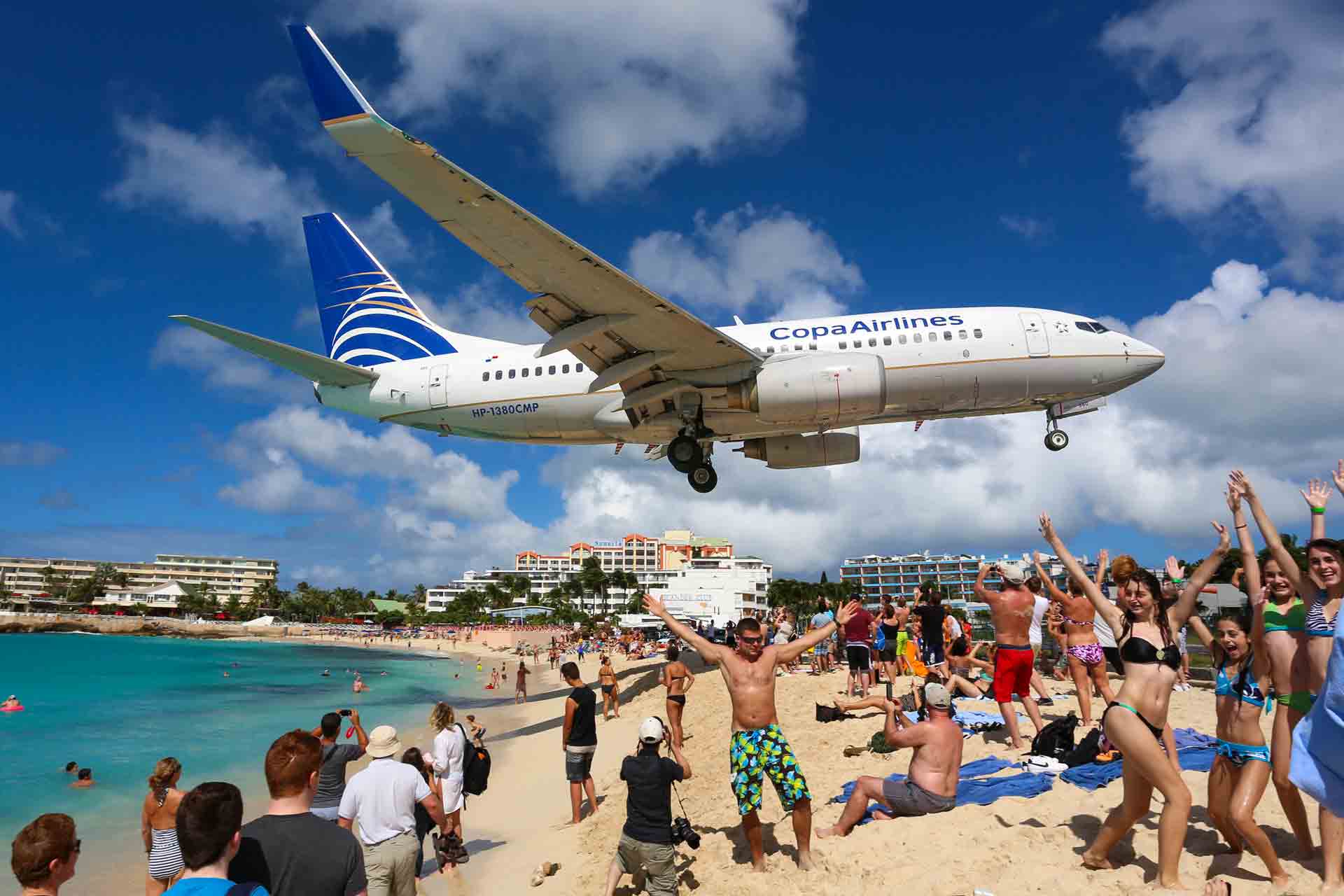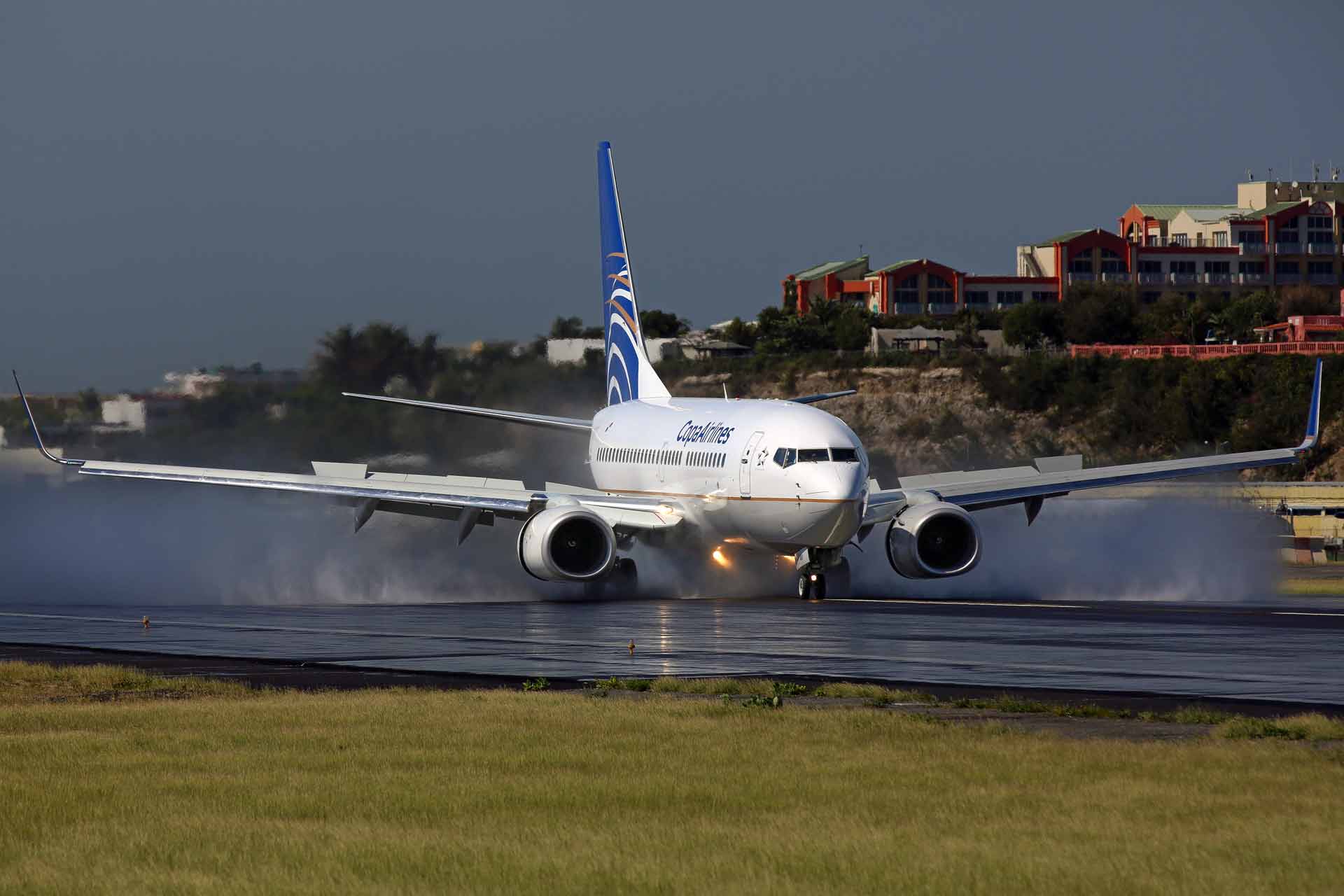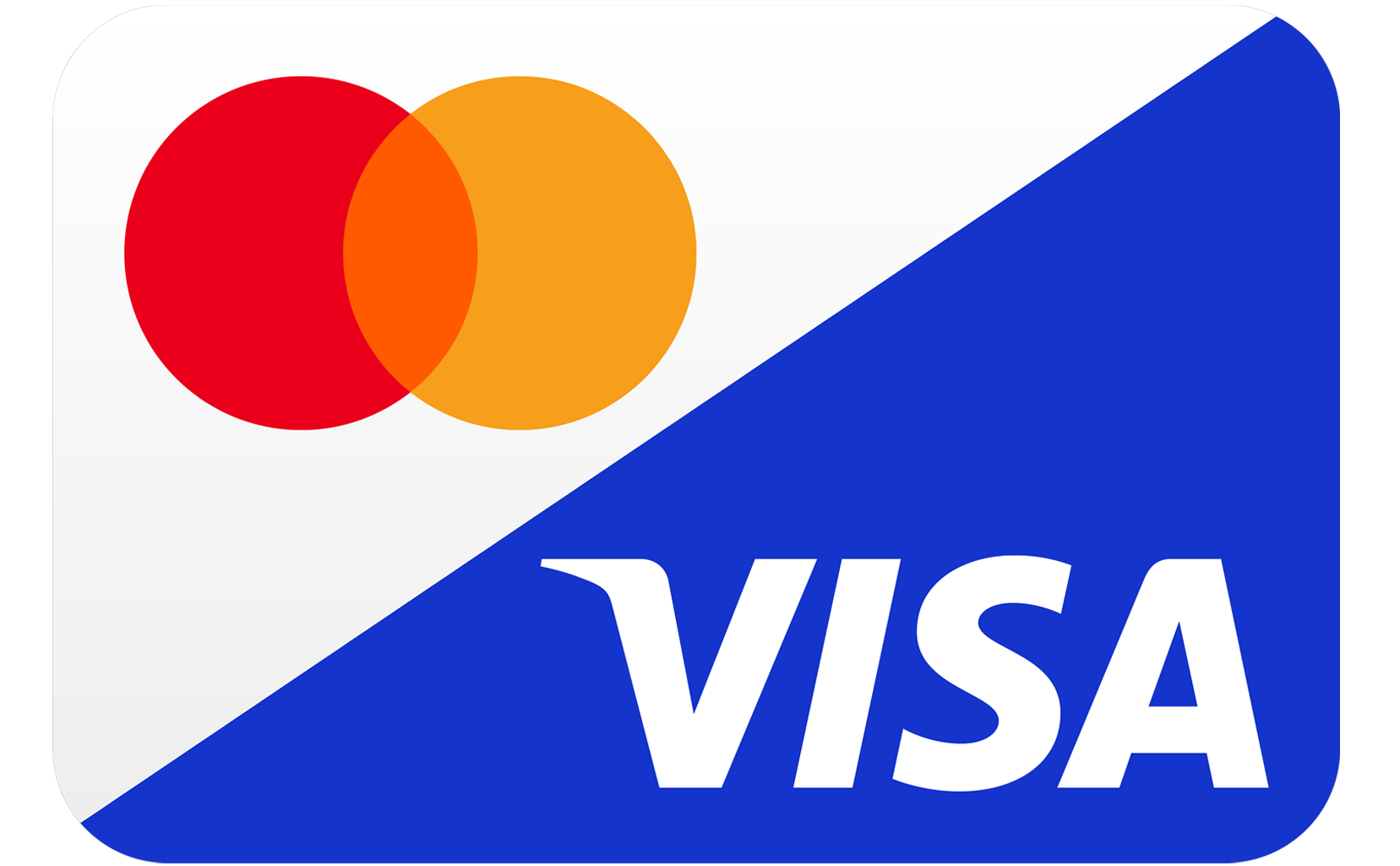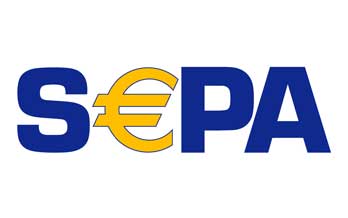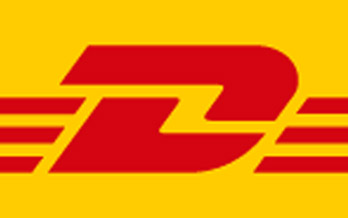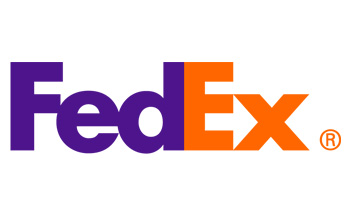Building bridges between North and South America
Founded in 1944 with the support of Pan American Airways as Compañía Panameña de Aviación, Copa Airlines has developed into a major international airline, especially since the 1980s. With a fleet of no less than 94 Boeing 737s, including 26 Boeing 737 Max 9s, Panama's national airline flies to more than 80 destinations in 30 countries.
Panama is located on the isthmus between Central and South America and borders Costa Rica to the north and Colombia to the south. In contrast to these rather poor Central American states, the country of 4.4 million inhabitants is one of the richest in Latin America. Panama owes this largely to its geographical location between the Atlantic and Pacific Oceans and the almost 82-kilometer-long Panama Canal. It connects the two oceans and spares ships the long and dangerous journey around Cape Horn or through the Chilean Strait of Magellan at the southern tip of South America.
The project, devised as early as 1881, was continued in a second planning phase after the proclamation of the independent state of Panama and the occupation of the Panama Canal region by US troops in 1902, with the participation and sovereignty of the USA regulated by treaty, and the canal eventually being opened on August 15, 1924. It is particularly important for transportation between the east and west coasts of the United States and for imports from Asia to the east coast of the USA. For example, it shortens the distance between Europe and the US West Coast by 20,000 kilometers or journey times by up to three weeks.
The fees for shipping through the canal, however, are considerable. Today, a modern container freighter will incur costs of around 350,000 US dollars. On December 31, 1999, the USA handed over the canal and the associated "Canal Zone" to Panama. Since then, it has been the inalienable property of the Panamanian people. Meanwhile, Panama is one of the richest countries in Central America, from which the country's national airline naturally benefits considerably. The same applies to Tocumen Airport in Panama City, the home of the airline founded in 1944 as Compañía Panameña de Aviación. As with many other South and Central American airlines, Pan American World Airways was involved in its founding, and initially held 32 percent of the shares, with the remainder in the hands of influential Panamanian investors..
As was almost always the case, Douglas C-47s under the civilian designation DC-3 formed the basis of the Copa Airlines fleet. Three aircraft were provided by Pan American Airways. Photo: unknown
Influence of the USA
Nonetheless, flight operations only began in 1947 with three Douglas DC-3 "Skytrains" acquired from Pan Am. They had been developed from the numerous C-47 military transports that were surplus to requirements after the war and remained in the fleet until 1982 due to their unsurpassed all-round capabilities. While the DC-3s were used on domestic routes, the airline acquired three Curtiss C-46s in the 1950s, which also transported air freight to neighboring countries. Otherwise, however, US carriers, above all Pan Am, remained responsible for international connections from Tocumen. This did not change until the turn of 1969/70, when Copa was able to deploy more modern turboprops for the first time - namely four significantly more powerful Lockheed L-188 "Electra II" aircraft, mainly from US airlines, in addition to two Hawker HS-748s for domestic services from 1971. The large turboprops proved to be perfectly suited to the sometimes extremely demanding flights sevicing the many very high-altitude airports in Latin America.
With three Lockheed L-188 "Electra II" introduced in 1971, Copa finally became an airline that was taken seriously internationally, after all of 26 years. Flights to Bogota in Colombia, Mexico City and above all Miami in the USA earned the airline the respect it had long been yearning. Photo: Christian Volpati_GNU
The USA has continued to keep its thumb on the profitable Panama Canal, which it confirmed by means of the so-called Canal Zone. It retained sovereignty over both the waterway and a strip of land on both sides, which repeatedly led to tensions between the US government and Panama. Beyond these borders, Panama has developed into an oligarchy with a state dominated by a powerful elite tolerating its status as a hub for drug trafficking and money laundering. Any elected official who does not suit this clique is deposed. For example, President Arnulfo Arias Madrid, who was voted in for the third time in October 1968, was only in office for ten days. Panama went on to experience turbulent times, with a corrupt military junta taking power, although its leader was very popular with the people.
The USA, always concerned with preserving its influence and its own economic interests, played a rather ambivalent role during this time. In 1989, it ended the chaotic situation with a military invasion. They arrested the Panamanian dictator Noriega, whom they had previously supported financially, on charges of drug trafficking and imprisoned him in the USA. The United States withdrew from Panama in December, so that the canal and the Canal Zone were returned to Panama on January 1, 1990 in accordance with the treaty, and Guillermo Endara was sworn in as the first freely elected president of the newly formed state of Panama.
In 1980, Copa leased this Boeing 737-100 from the USA for just a few months, but it became the first jet of the Panamanian airline. Photo: Jetpix_GNU
The rise of Copa Airlines
Although the airline had done well in the turmoil of the 1970s and 80s, it had hardly had the opportunities to develop as a normal business and generate sustainable growth. In addition, Air Panama, founded in 1967, was a well-known competitor in its own country. Although the latter was better positioned technically and economically, Copa had a better nose for success. From 1980, it initially leased individual jets for the most important routes until, from 1988 onwards, Panama's economic resurgence had an impact on traffic development, if only thanks to income from canal fees. As a result, up to 21 used Boeing 737-200s from various sources were deployed to significantly expand the route network.
The Boeing 737-200, which was only two meters longer than the original -100, not only marked the breakthrough of the 737 for Boeing, but also became the basis for Copa's rise to Central America's leading airline from 1988 onwards. Photo: AeroIcarus_CC
The network reached far into the south of South America, which meant a record distance for the 737-200 with a route from Tocumen to Montevideo. To the north, the network was extended as far as Canada with destinations such as Montreal and Toronto. All this was accomplished with the somewhat outdated Boeing 737-200s alone. Gradually, Copa developed more self-confidence and was able to act more confidently towards the aircraft manufacturers and Boeing in particular.
This was particularly reinforced in 1998 when Continental Airlines from Houston, Texas, which was still independent at the time, acquired a blocking minority stake in Copa Airlines, initially 49 percent. A year later, Continental increased its stake to 51 percent, which was effectively a takeover. The Texans ensured close cooperation, particularly in the areas of marketing and operations, which was reflected on the planes themselves. Copa was given a new outfit that hardly differed from that of Continental. It also joined the SkyTeam airline alliance, to which Continental belonged at the time. After the merger of Continental and United in 2010, however, it simultaneously switched to the even larger Star Alliance, to which it still belongs today.
Until 2020, Copa operated 16 Brazilian Embraer 190LRs to St. Maarten and other destinations. However, the "Jungle Jets" were replaced early in favour of a fleet comprised purely of 737s. Photo: Timo Breidenstein
Although the cooperation with Continental Airlines proved to be extremely beneficial for Copa in particular, it was short-lived. This was primarily due to the aforementioned merger between Continental and United Airlines, which led to a de facto takeover by the latter and thus also to Copa Airlines joining the Star Alliance, of which United Airlines was a founding member. This took place in June 2012, although Continental had already sold its shares in Copa by this time. However, membership of the alliance meant that cooperation with Continental and now United Airlines could be maintained.
In the meantime, Panama itself had developed into by far the most stable and wealthy nation in Central America. It relied not only on the healthy canal revenues, but also on its particular tax and duty policy. The country had been one of the largest shipping nations in the world for decades, even though most of the ships registered in Panama had probably never seen their home country. For the many shipping companies, Panama guaranteed considerably more favorable conditions as well as much friendlier operating conditions, especially through social laws that provided for considerable relief at the expense of employees. Panama as a tax haven grew at double-digit rates, and Copa grew with it.
Membership of the Star Alliance, which Copa joined in 2012, was one of the most important guarantees of growth and proved to be a win-win decision for both sides. Here is a Boeing 737-86N acquired brand new in May 2012 with the registration HP-1728CMP. Photo: Oscar Elvir Vasquez_GNU
Rise to the top
The last 737-200 was retired in 2005, and since then Copa has been one of the fastest growing airlines in Latin America, also in terms of quality. 16 Embraer 190s succeeded them, but in 2020 the decision was made to sell all of these to leverage the significant synergy effects of being "All Boeing 737" airline, which more than compensated for the slightly higher costs of the 737s compared to the Embraers.
One of the nine Boeing 737-700s in the short final part of the landing at the spectacular Queen Juliana Airport in St. Maarten. Great fun, albeit not without danger, for the numerous bathers. Photo: Timo Breidenstein
However, the actual basis of the operational success is the Boeing 737-800, which was first put into service in October 2004. No fewer than 68 further aircraft have been acquired to date, some of which are owned and some of which are leased. Copa now operates as many as 28 state-of-the-art 737 MAX-9s, which even enable non-stop flights from Tocumen to Argentina, Uruguay or Chile on the one hand, and to the north of the USA or Canada on the other.
No fewer than 58 Boeing 737-800s form the backbone of the fleet today, even though the first examples have already been replaced by new 737 MAXs. Here the 737-8V3 HP-1825CMP in a special livery for the futuristic "Biomuseo" in Panama City. Photo: Adam Moreira_GNU
Bundling tasks at Copa Holding
Even if Copa could be considered a regional carrier with its fleet consisting exclusively of Boeing 737s, it has been an intercontinental airline at least since the introduction of the MAX. Its Star Alliance membership also gives the airline a global offering, which is why it is probably only a matter of time before Copa will want to become more active intercontinentally. In Boeing, they will certainly have a major manufacturer devising a tailored offer involving the 787.
It is not surprising that Copa has been able to gain increasing influence in business management, both through subsidiaries and shareholdings. Today, its activities are bundled in the Copa holding company, which includes Copa Airlines Colombia and the virtual low-cost carrier Wingo.
Colombia’s Wingo is a virtual low-cost airline of Copa Holding, whose flight operations are conducted with nine Boeing 737-800s from its affiliate Copa Airlines Colombia. In addition to Colombian airports, it also flies to 14 international American destinations. Photo: Christian Quijano_CC
All in all, Copa Airlines is the only airline of significance in Central America, and this now applies to the entire region, including the Caribbean, which depends on a reliable airline for its continued prosperity. The average age of the aircraft is around ten years, and the accident statistics have remained unblemished for almost thirty years. Copa is therefore delivering solid performance in this regard, but still only has a three-star Skytrax rating. Despite this track record, there is still room for improvement.
Photos: Timo Breidenstein
Text: Fritz Gratenau
Titelphoto: Copa-Aircraft at Tocumen International Airport. Photo: Wilfredor_CC
Facts & Figures
Headquarters: Panama City, Rep. Panama
Hub: Tocumen (PTY)
Founded: 1944
Employees: approx. 8,700
Network: Domestic, North- Central- South America, Caribbean
Fleet:
9 Boeing 737-700
58 Boeing 737-800
26 Boeing 737 MAX 9
On order:
32 Boeing 737 MAX 8/9
15 Boeing 737 MAX 10
www.copaair.com
Status: September 2023

